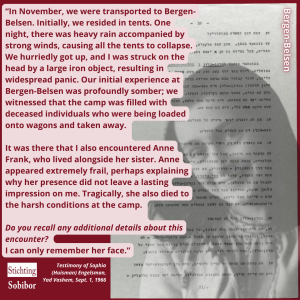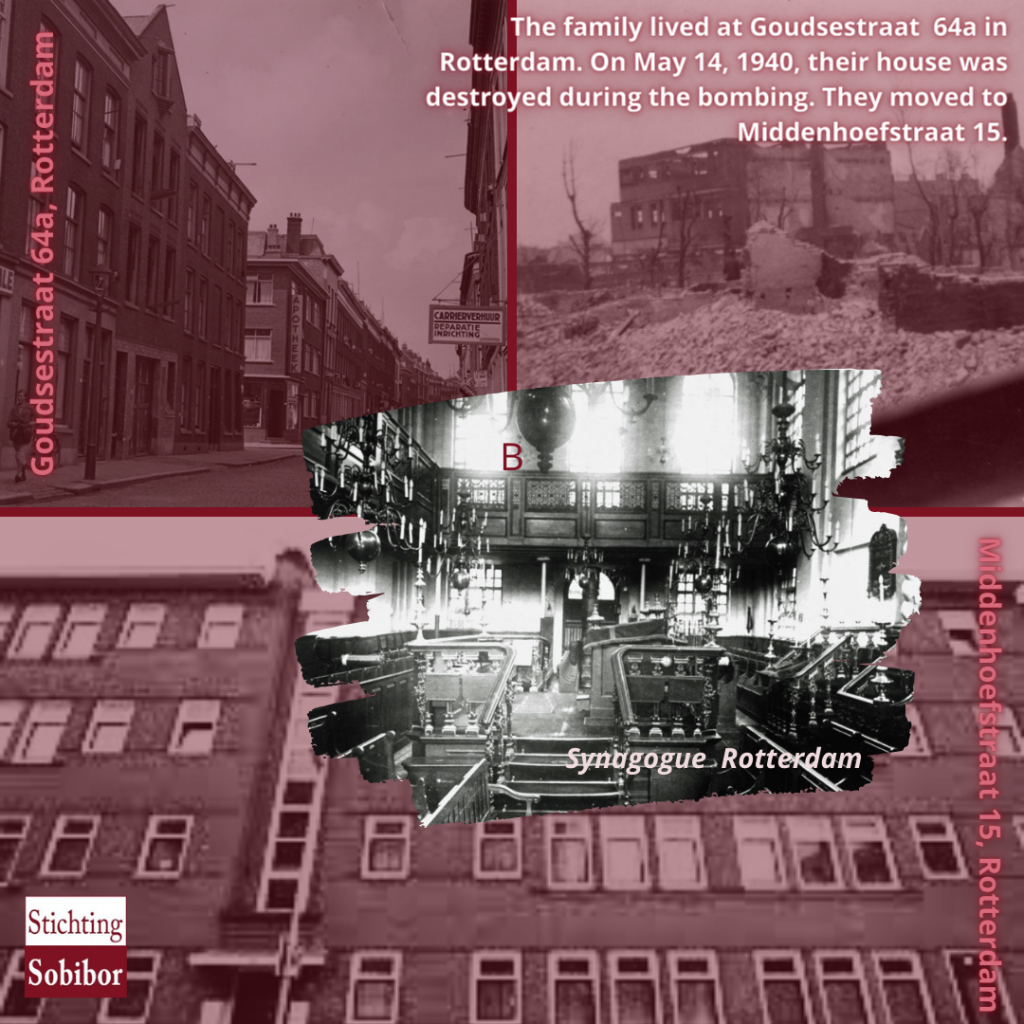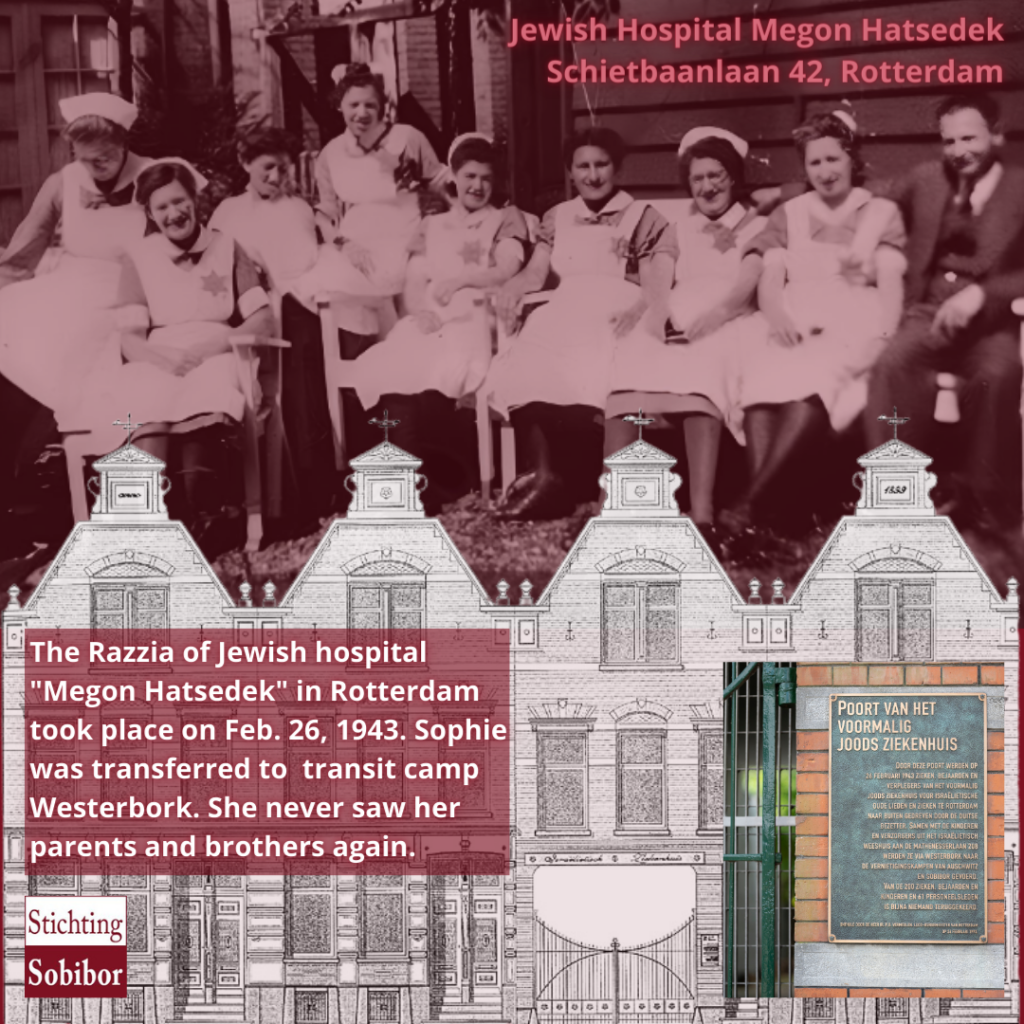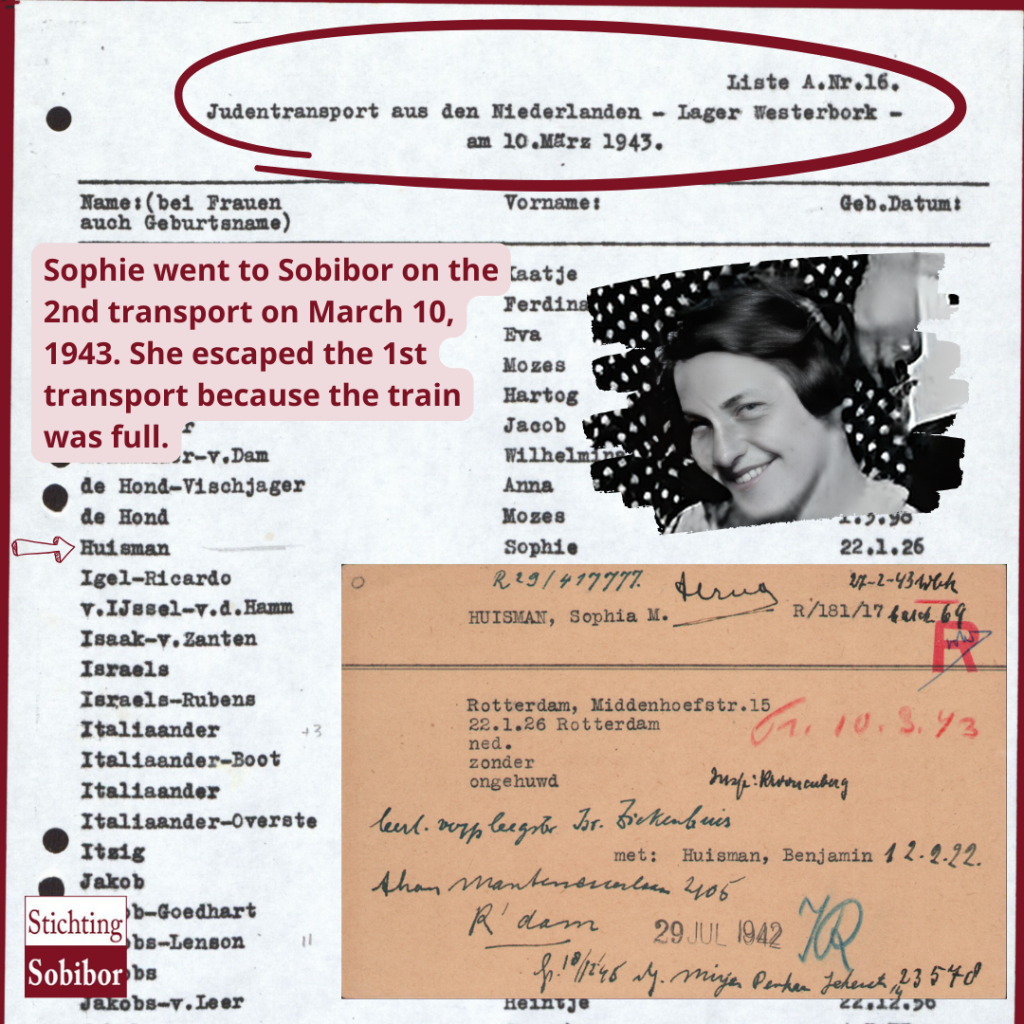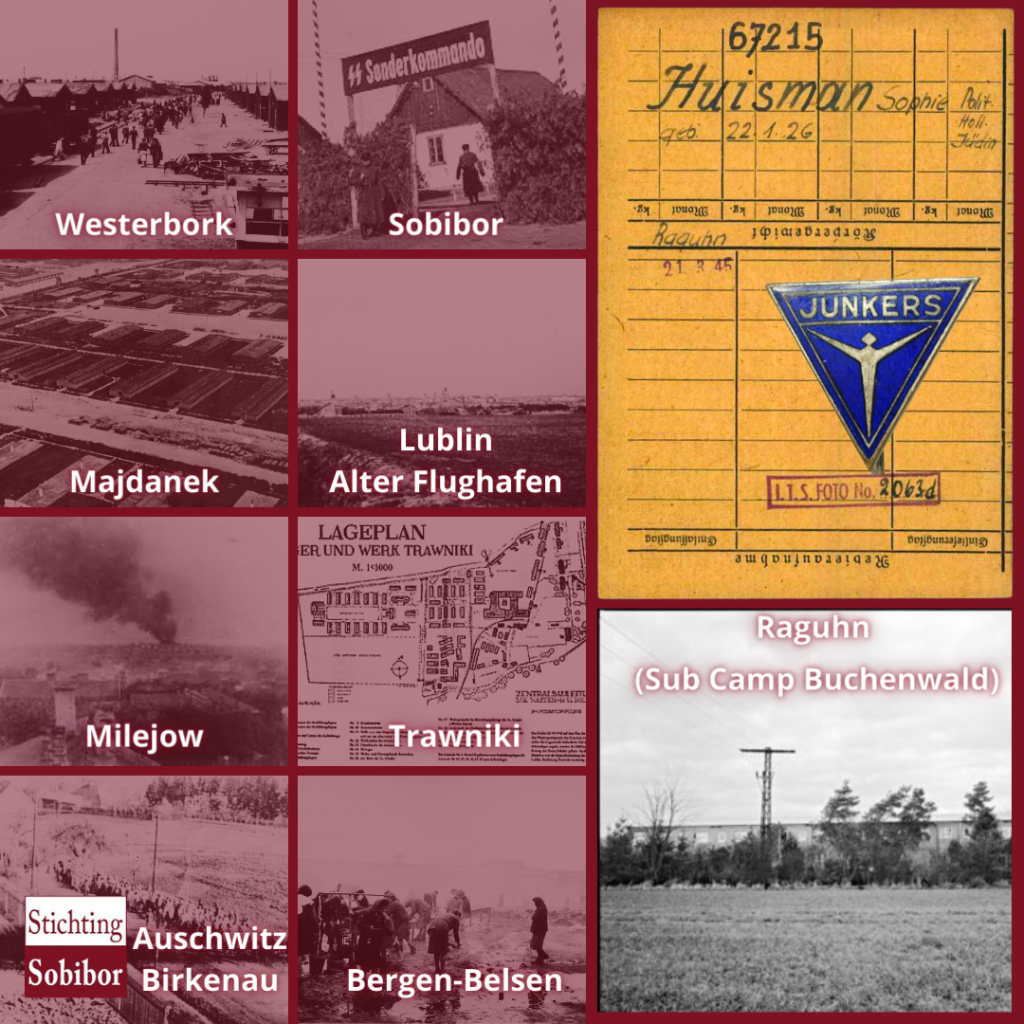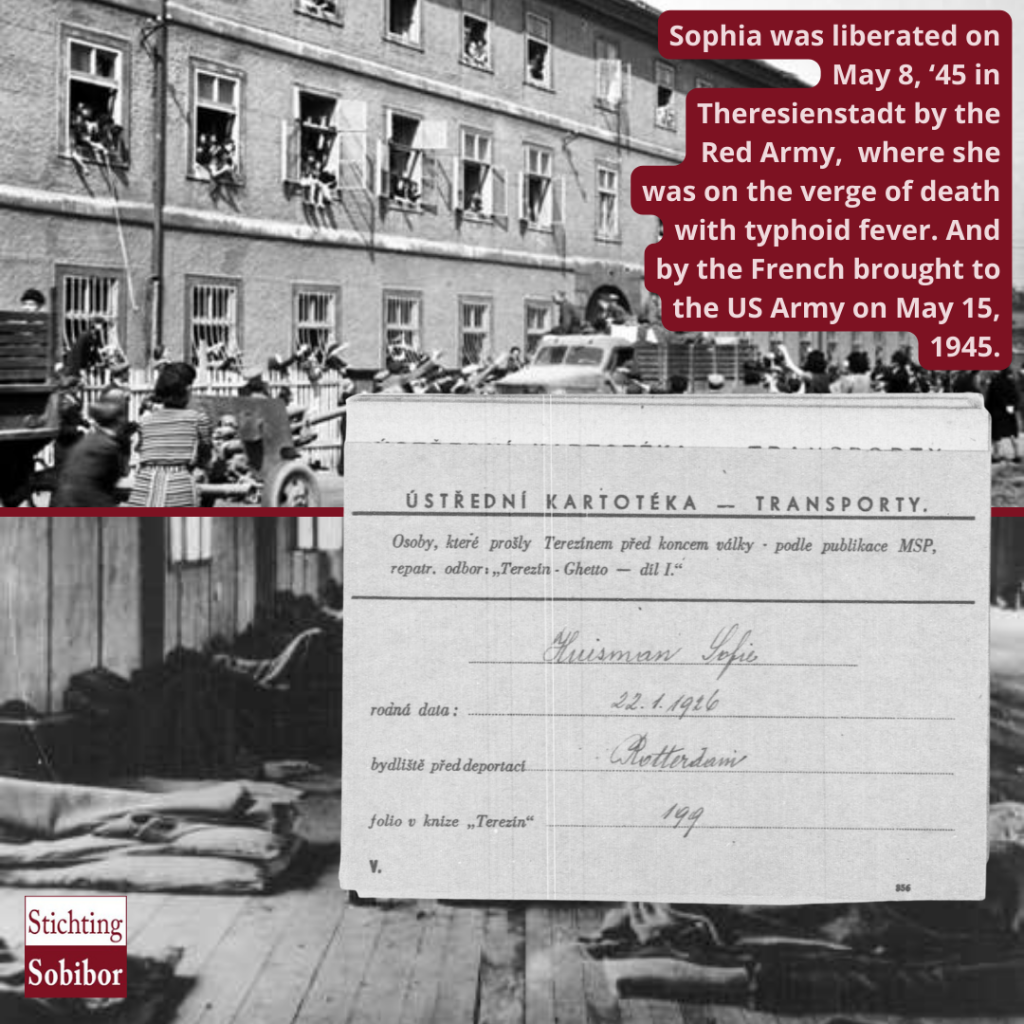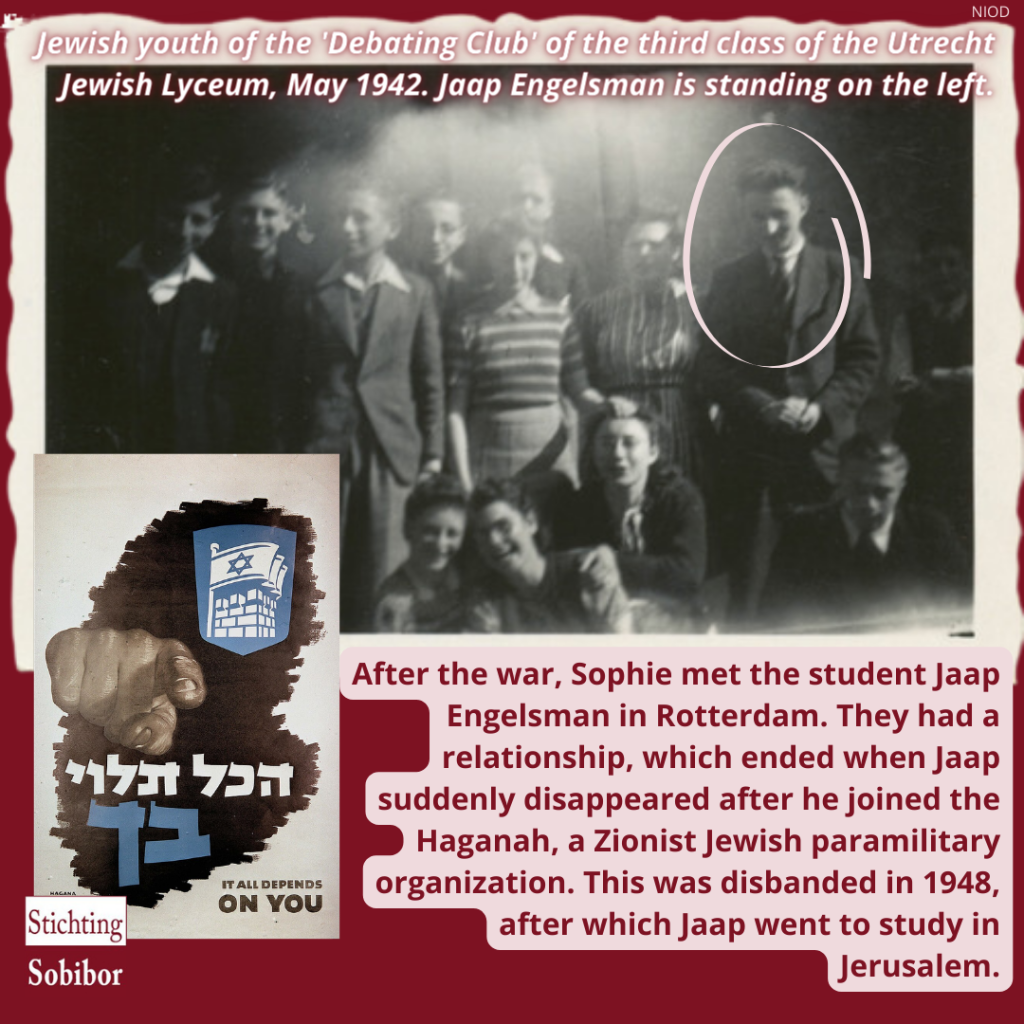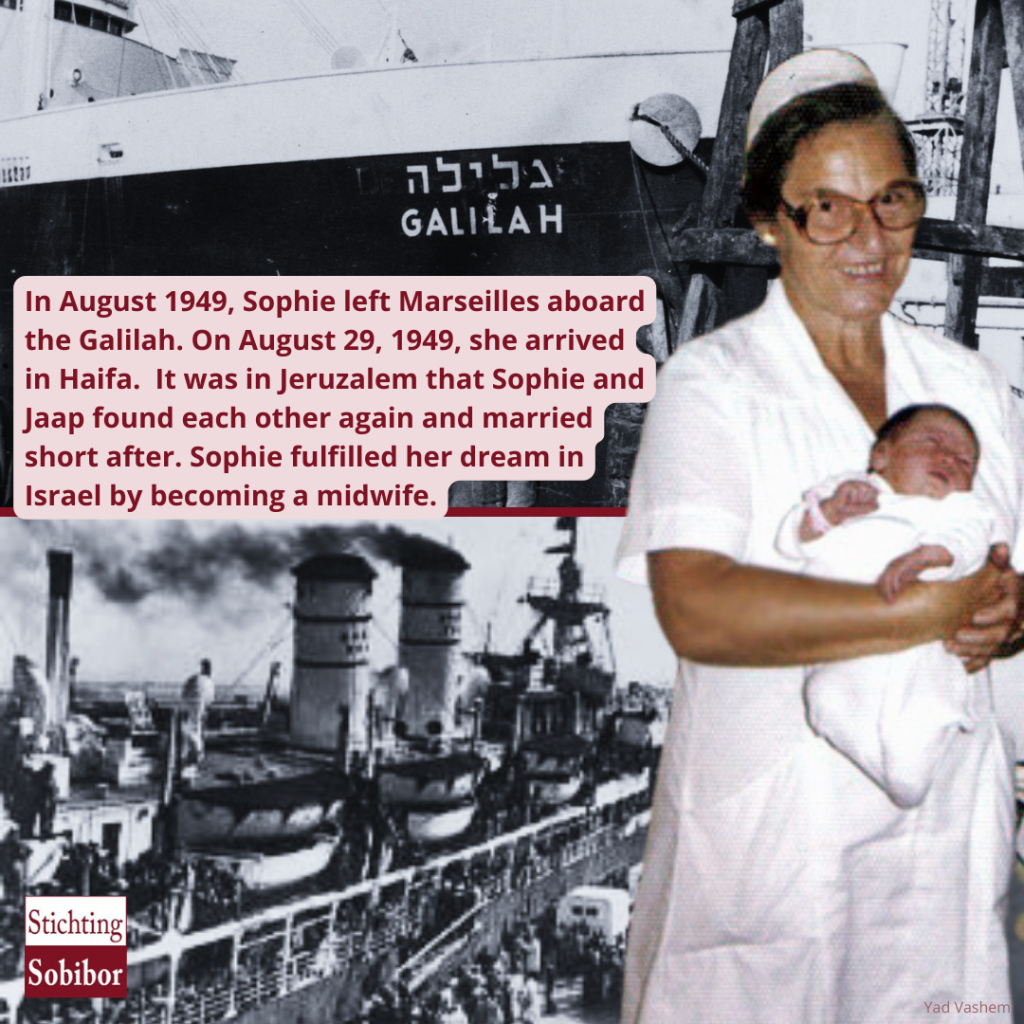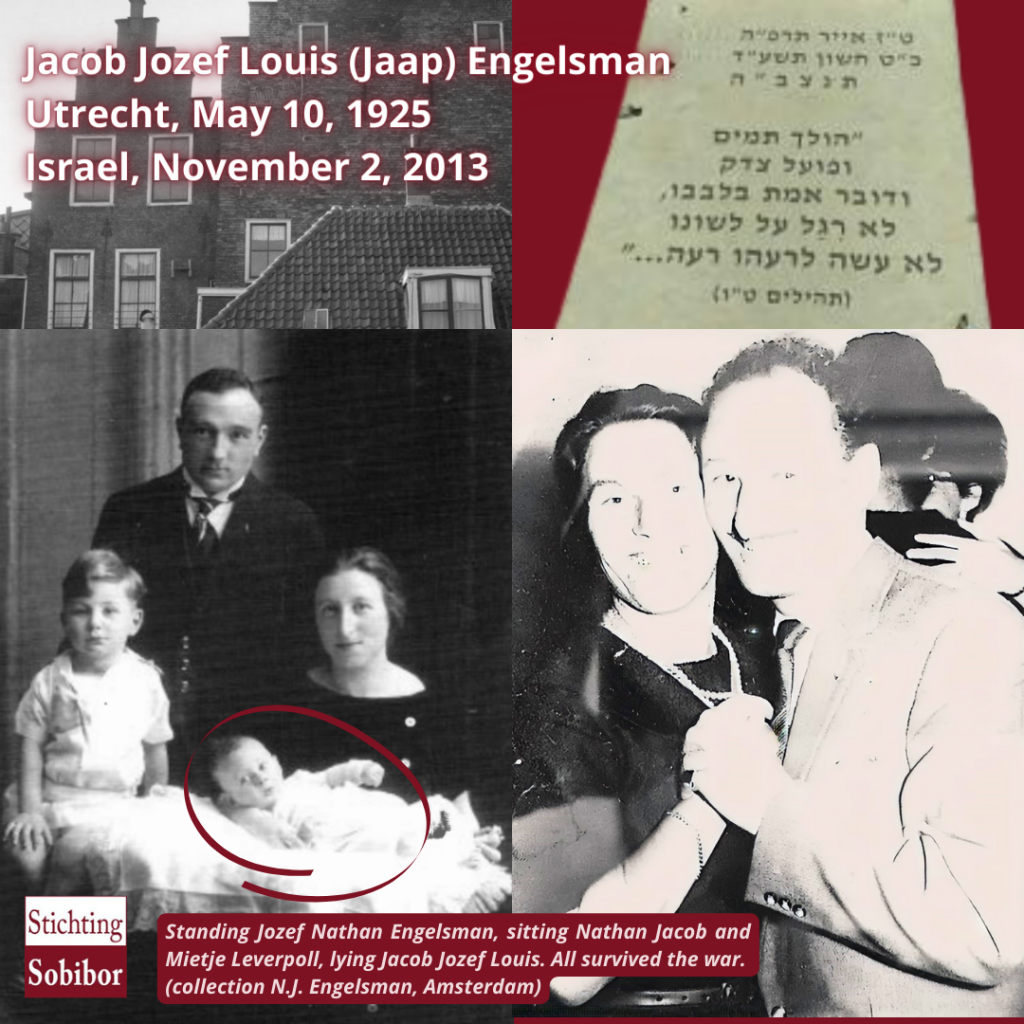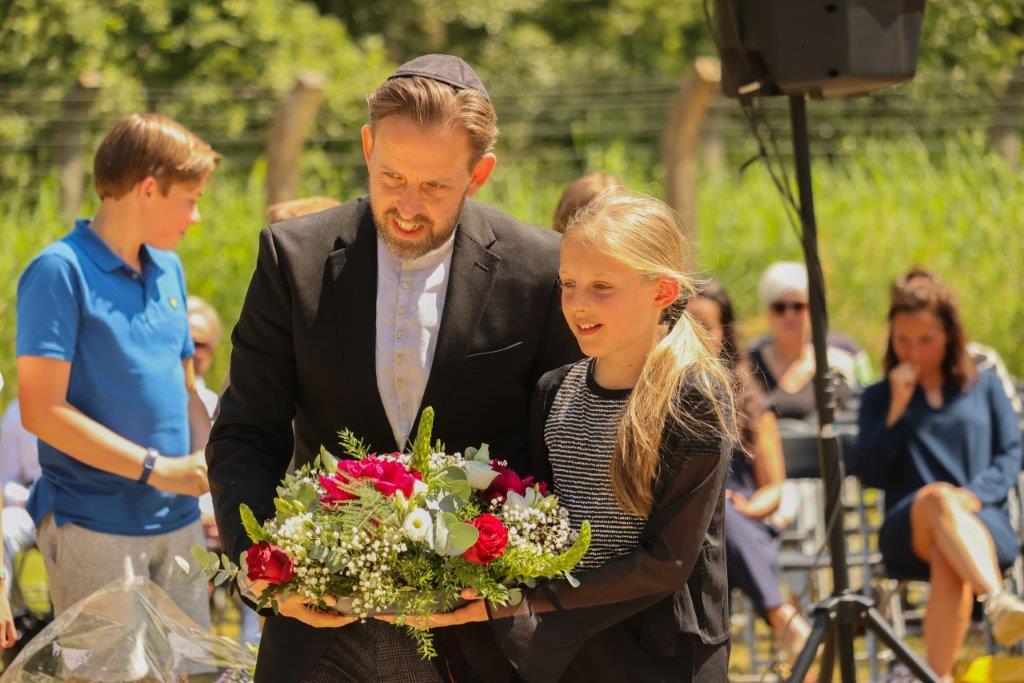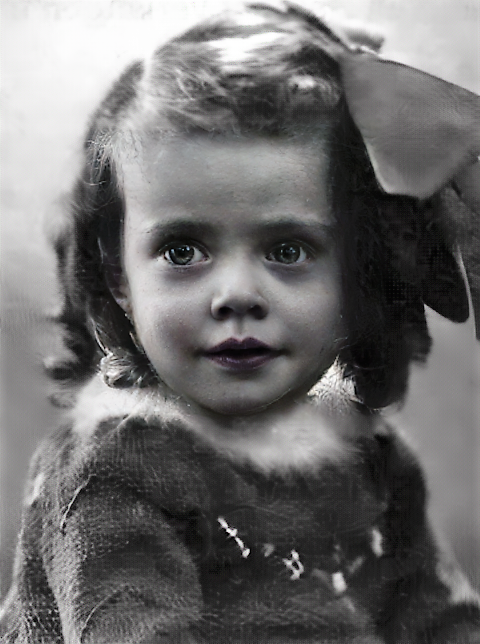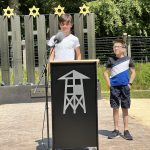
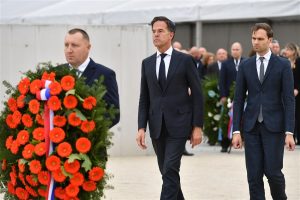 On October 14, 1943, 80 years ago, an act of courage and resistance took place that would go down in history as the Sobibor Uprising. This event, in which prisoners in the German Sobibor death camp revolted against their oppressors, is commemorated annually. This year there was not only an intimate commemoration on Oct. 14, but also an international commemoration on Oct. 12, with outgoing Dutch Prime Minister Rutte in attendance.
On October 14, 1943, 80 years ago, an act of courage and resistance took place that would go down in history as the Sobibor Uprising. This event, in which prisoners in the German Sobibor death camp revolted against their oppressors, is commemorated annually. This year there was not only an intimate commemoration on Oct. 14, but also an international commemoration on Oct. 12, with outgoing Dutch Prime Minister Rutte in attendance.
A powerful message from outgoing Prime Minister Rutte of The NetherlandsA
During the international commemoration, spoke outgoing Prime Minister Rutte of The Netherlands with deep emotion about the importance of remembering and honoring those who revolted in 1943 and those who were murdered in Sobibor. He quoted Jewish tradition: “May their memory be a blessing. May they never be forgotten, as their murderers intended.” With these words, he emphasized the lasting memory of the victims and the strength of the resistance.
Prime Minister Rutte added that attendance at this commemoration sends a clear message: evil will not prevail. By coming together, mentioning the names of the victims and telling their stories, we remind ourselves how important it is to be vigilant, especially in the present. We must stand up against anti-Semitism and other forms of exclusion, against oppression and stand up for freedom, compassion and humanity.
The example of Jules Schelvis, Ursula Stern and Selma Engel-Wijnberg shows us the way. We must continue to tell, so that the horrors of Sobibor will never be forgotten.
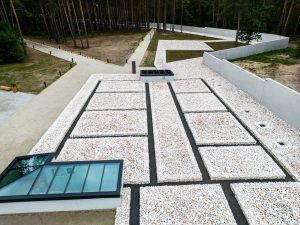 A Major Development: Reconstruction of the Camp Site
A Major Development: Reconstruction of the Camp Site
Another momentous event in the commemoration of the Sobibor Uprising is the completion of the reconstruction of the camp site. Thanks to intensive archaeological research, it has been possible to reconstruct the floor plan of the camp, including the location of the gas chambers. This reconstruction sheds new light on the horrific history of Sobibor and helps to tell the story more completely.
 Shiwwe for Sobibor
Shiwwe for Sobibor
Simultaneously with the commemoration at Sobibor, a memorial service was also held at Memorial Camp Westerbork. Dutch research journalist Rosanne Kropman presented her new book about Sobibor and young people from Roestvrij Theater played the play Shiwwe for Sobibor. In collaboration with Theater Na de Dam and the Sobibor Foundation and the Westerbork Memorial, Roestvrij theater developed the performance series Shiwwe for Sobibor. This new way of commemorating was played at the former camp site and other locations starting in the spring of 2023. As part of the commemoration of the uprising, the performance was performed again.
The Darkest Dark: Stories of Human Destruction
Another important aspect of the 80th commemoration is the publication of the book “The Darkest Dark” by Rosanne Kropman. This book digs deep into the stories of human destruction at the German death camp Sobibor in occupied Poland. The book offers an indispensable insight into the personal experiences of some of the victims and survivors, allowing us to continue to tell and remember their stories.
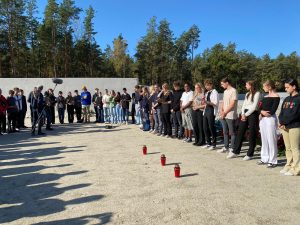 An Intimate Commemoration on Oct. 14
An Intimate Commemoration on Oct. 14
On Oct. 14, exactly 80 years after the uprising, an intimate commemoration took place in Sobibor. Relatives of survivors and victims, together with the Sobibor Foundation, the Dutch ambassador to Poland, Bildungswerk Stanisław Hantz e.V., the Majdanek and Sobibor state museums and schoolchildren from the Netherlands, Poland, Germany and Austria gathered on the historic ground.
At the site where the uprising began, moving speeches were given by Tagan Engel, granddaughter of Sobibor survivors Selma Engel-Wijnberg and Chaim Engel, and Rena Smith-Blatt, daughter of Thomas Toivi Blatt.
Then the commemoration moved along the Memorial Lane to the site of the mass graves. Here a Kadish was said and the names of the victims of Sobibor were read aloud. The commemoration ended with a moving piece of music.
Participants also visited the lane with the memorial stones, where Jetje Manheim, former president of the Sobibor Foundation, and Steffen Hänschen, member of Bildungswerk Stanisław Hantz, spoke about the significance of these stones and the special history of their placement. Naomi Koster spoke about her uncle’s life at the stone for Manfred Levie.
Remembering the Sobibor uprising is not only a tribute to those who lived through the unthinkable, but also a commitment to pass on their stories to future generations. It is a reminder of the horrors of the past and a call for vigilance in the present, so that we never forget and always continue to stand up for freedom and humanity. Together we stand strong against evil.
The Dutch broadcaster NOS made a beautiful reportage of the commemoration of the uprising in both Sobibor and at Remembrance Center Camp Westerbork.









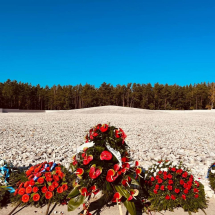
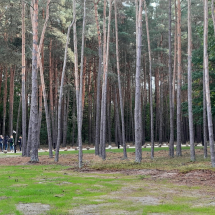

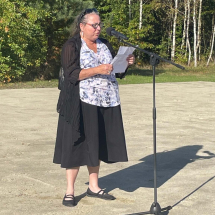
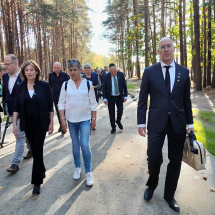
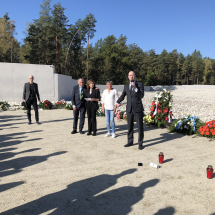

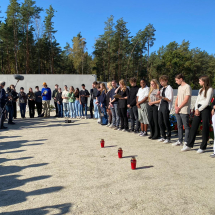


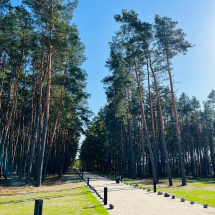

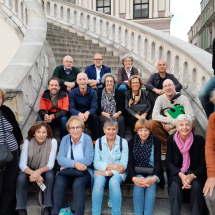

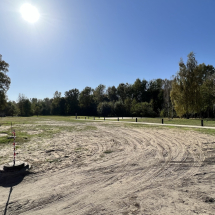

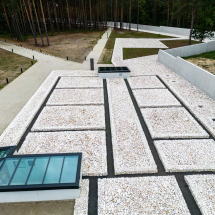

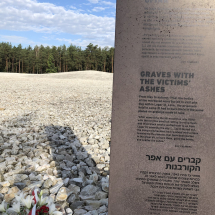


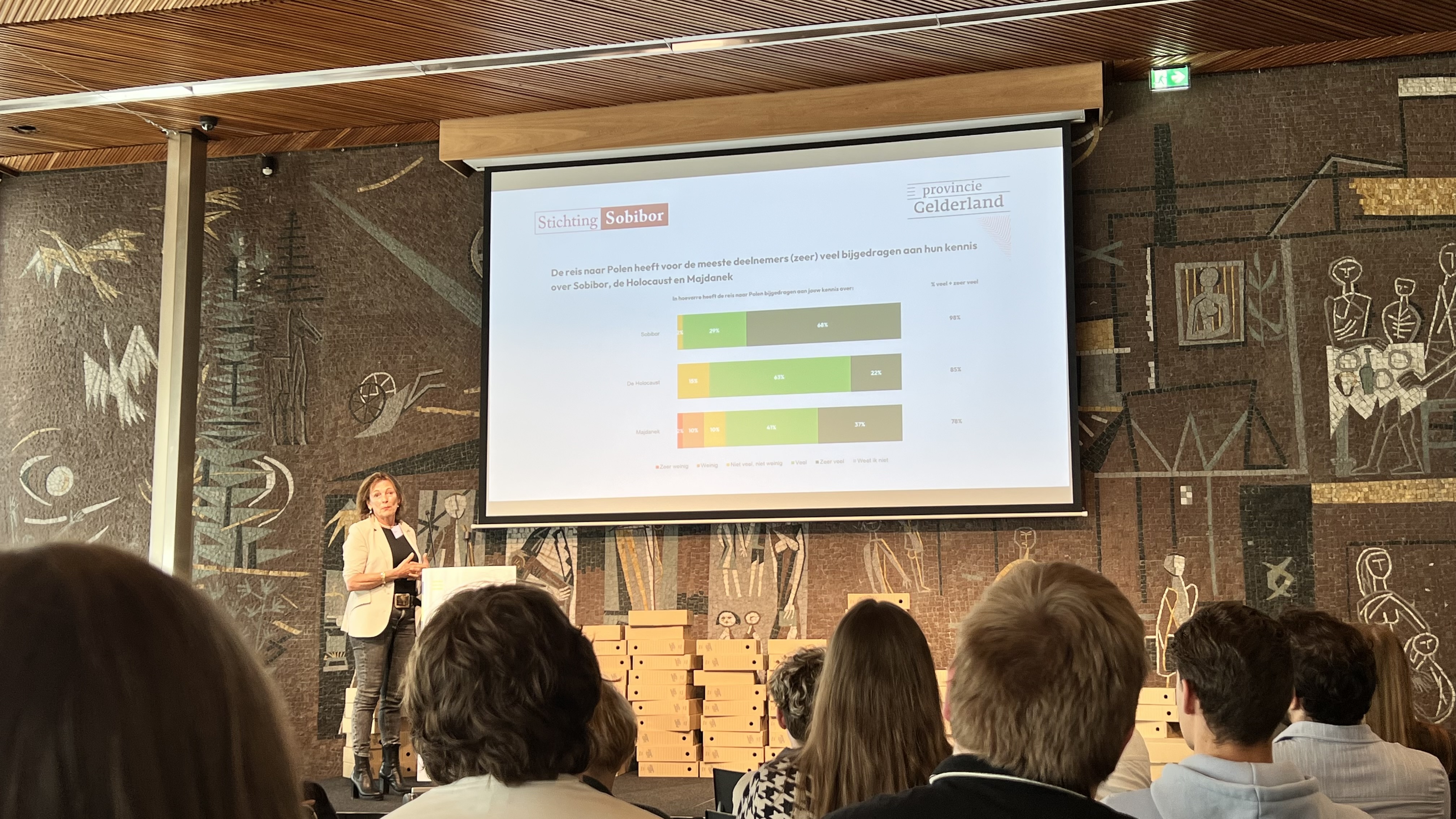
 The first youth conference took place prior to the Sobibor Commemoration in 2013, when we commemorated that the Sobibor uprising had taken place 70 years earlier. Now, 10 years later, the Sobibor Foundation is curious to what extent this trip has made a (lasting) impact on the lives of participants and their behavior and opinions regarding discrimination and exclusion.
The first youth conference took place prior to the Sobibor Commemoration in 2013, when we commemorated that the Sobibor uprising had taken place 70 years earlier. Now, 10 years later, the Sobibor Foundation is curious to what extent this trip has made a (lasting) impact on the lives of participants and their behavior and opinions regarding discrimination and exclusion.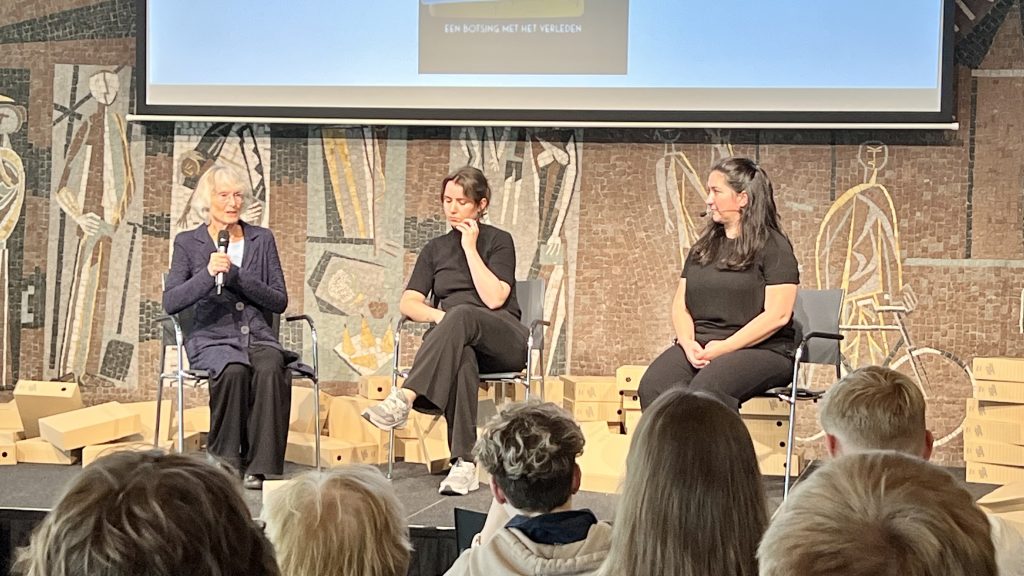

 On May 14, 2023, Sophia Engelsman-Huisman passed away quietly in Herzliya, Israel. She was 97 years old. Sophia Engelsman-Huisman was one of 18 Dutch survivors of the Sobibor extermination camp. And (presumably) the last survivor of the 34313 Jews deported from Westerbork to Sobibor.
On May 14, 2023, Sophia Engelsman-Huisman passed away quietly in Herzliya, Israel. She was 97 years old. Sophia Engelsman-Huisman was one of 18 Dutch survivors of the Sobibor extermination camp. And (presumably) the last survivor of the 34313 Jews deported from Westerbork to Sobibor.